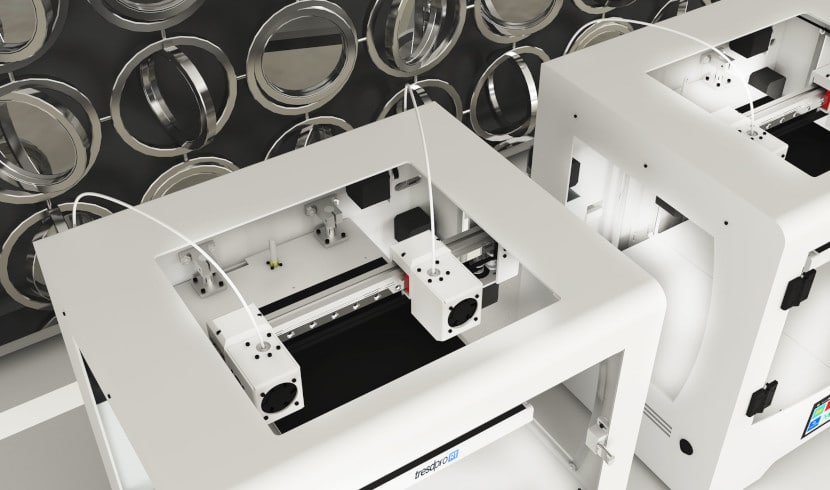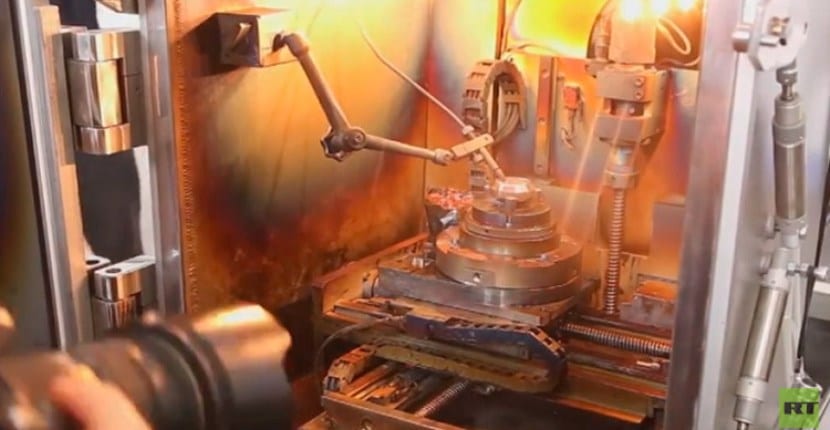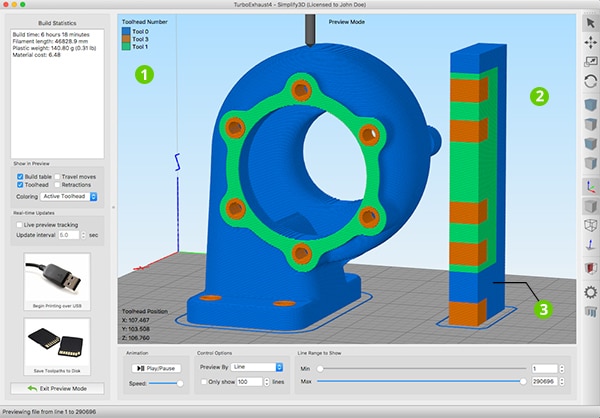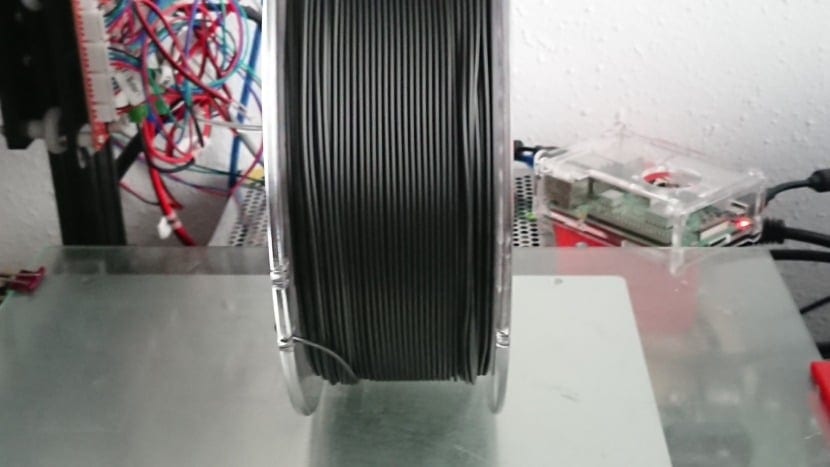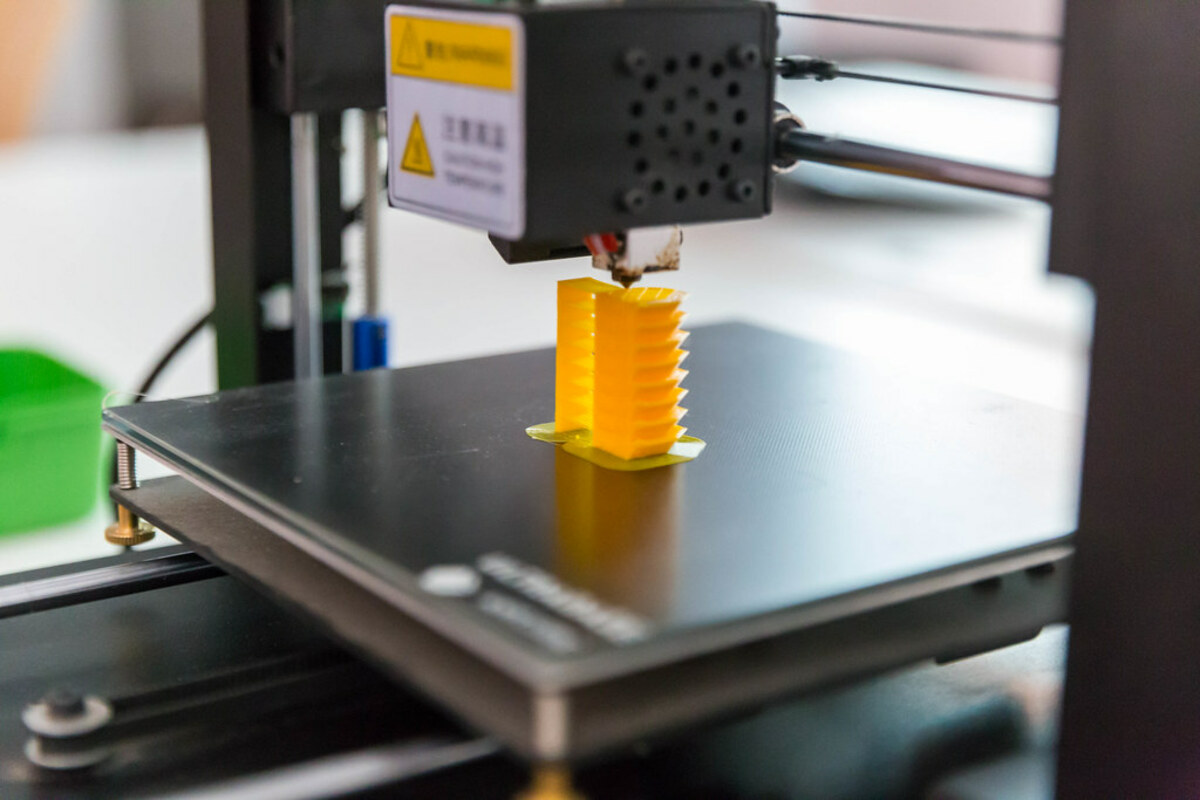
La additive manufacturing it is sometimes confused with 3D printing techniques. And it is that, they may seem the same if you look at their description, or 3D printing itself could be considered as an additive manufacturing technique itself.
Be that as it may, here you can understand the similarities, differences and All you need to know about this technique for creating objects in three dimensions by adding layer upon layer of materials.
Is it the same as 3D printing?
La Print 3D is popularizing additive manufacturing techniques at home, with home 3D printers, and also in industry, where it has come to revolutionize the way objects were built up to now.
However, although 3D printing use additive manufacturing techniques, not all additive manufacturing can be considered 3D printing. This is where the big difference lies.
If you look at the way a 3D printer works, you will see that it receives a model through the file with the image to be printed. From this data, it will move its heads to add layer by layer and that it is taking volume from zero until having the final piece.
Something very different from others traditional techniques to create 3D parts, such as molds, machining, etc., where only parts of limited complexity can be generated, while in additive techniques much more complex geometries can be generated, opening up endless new possibilities, from manufacturing from simple pieces, to the construction of houses using 3D printing ...
What is additive manufacturing?
La additive manufacturing It encompasses many technologies, all of them with something in common, which is that it is "added" little by little during the process until the final result is obtained. Among the techniques covered are:
- 3D printing
- Rapid prototyping
- Direct digital manufacturing
- Layered manufacturing
- Manufacture of additives
Therefore, the applications of this type of technology are quite limitless. In the beginning they focused on rapid prototyping for production models, and lately it is being applied to all kinds of industrial sectors, from medicine, aerospace, fashion, etc.
The additive manufacturing concept is used in professional and specialized environments, but always referring to techniques to create objects by adding layer by layer of material, without going into the technology used to do so. Nor does the material matter, it can be used from plastic, organic fabrics, to metals, combinations, etc.
What is needed for the manufacturing process?
To carry out the process For additive manufacturing, the following items are required:
- A PC from which to design the part or model to be manufactured.
- The necessary 3D modeling software, or CAD.
- Additive manufacturing equipment, whatever the type.
- Material for layering.
When the 3D or CAD model is created, and shipped to manufacture, the additive manufacturing team will read the necessary dimensional and shape data from the part and begin adding successive layers of liquid, powder or molten material to form the model.
When molten material is used, it can be re-solidified, as is the case with plastic from 3D printers that is melted in extruders and then hardens. Liquids or resins that are then subjected to a process of UV curing, annealing, etc., or metallic powder can also be used and then fused by baking ...
For example, they can be used from PLA or ABS, to natural fibers, through metal, to concrete, etc. The possibilities are many.
Applications
Additive manufacturing techniques, such as 3D printing, are already being used in many sectors. The applications go beyond what you can imagine. Some examples are:
- Printing of printed meats for food.
- Printing of living organs or tissues for the medical sector.
- Structures and houses printed with concrete.
- Competition, as in motorsport to create aerodynamic and mechanical parts hitherto impossible. Even F1 teams take their printers out onto the track to print small aerodynamic parts.
- Creation of medical implants or prostheses, as elements for surgery, orthopedics, anatomical models, etc.
- Aerospace sector where functional prototypes or parts for the aerodynamics of ships and airplanes are created.
- Automotive industry, to create parts of all kinds.
- Other industries to manufacture from new work tools, to other models that could not be created by previous methods.
- Fashion, to produce some items.
